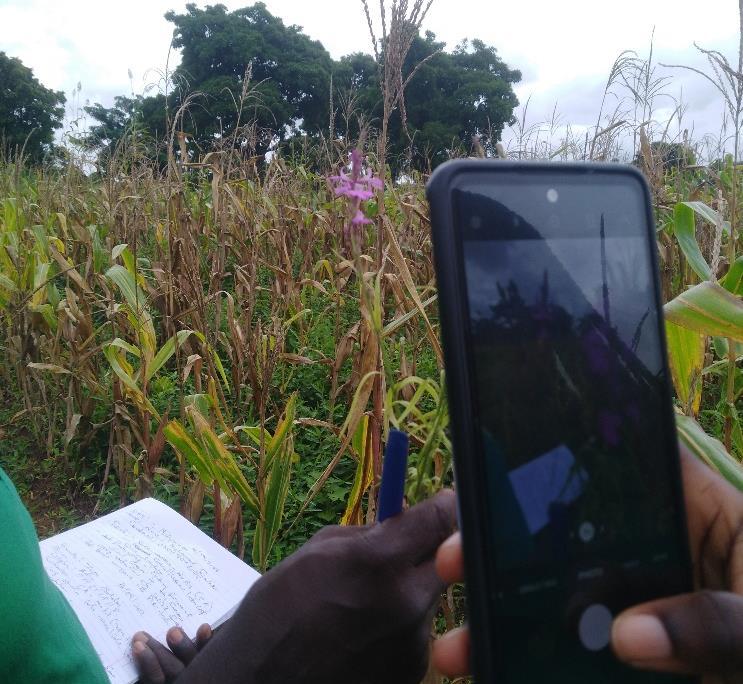Amos Nkpeebo
Other projects
11 Sep 2020
Pilot Testing a Community-Based Independent Reporting Platform with a Mobile App Link
The National Biodiversity Policy (NBP) of Ghana recognizes that Key Biodiversity Areas, wetlands (marine and inland), biosphere reserves, sacred landscapes, Ramsar Sites and other biological hotspots in Ghana are under a serious threat. Monitoring schemes provide an important source of information on biodiversity change, guiding further research, conservation assessment and planning. Monitoring schemes are typically used to document changes in biodiversity over time, making the implicit assumption that the state of biodiversity when the scheme started is an appropriate temporal baseline against which to measure that change. A comprehensive understanding of biodiversity responses to anthropogenic pressures is necessary if human development is to remain within planetary boundaries, and for assessing its impact on biological evolution in the Anthropocene.

Field demonstration of the TIMBY mobile application in the Mole landscape.
Therefore, after successfully testing a community-based independent reporting platform with an icon-based mobile app-linked database in Lake Bosomtwe Biosphere Reserve in 2021, this project seeks to:
1. Expand the limits of community-led biodiversity monitoring of current drivers of anthropogenic pressures (illegal activities, poaching, charcoal burning, habitat loss, pollution, invasive alien species and drought) in Keta Lagoon Ramsar Complex, Mole National Park and Lake Bosomtwe Biosphere Reserve.
2. Test the field applicability of TIMBY mobile application to deliver a combined agro-ecology and soil fertility advisory service for small scale farming communities.
Three Policy Briefs will be published based on data co-generated, verified, validated and shared by 30 trained community-based Monitors working in collaboration with Park Managers, Range Officers and Agricultural Extension Service Officers. The policy briefs are intended to provide a status update on the current anthropogenic factors driving biodiversity decline in the 3 selected sites, and then make specific policy recommendations for addressing poor community participation, institutional and knowledge gaps in the 3 selected sites. In all the policy papers, the central focus will be to highlight and recommend the centrality of local communities in achieving the Post-2020 Biodiversity Framework targets.